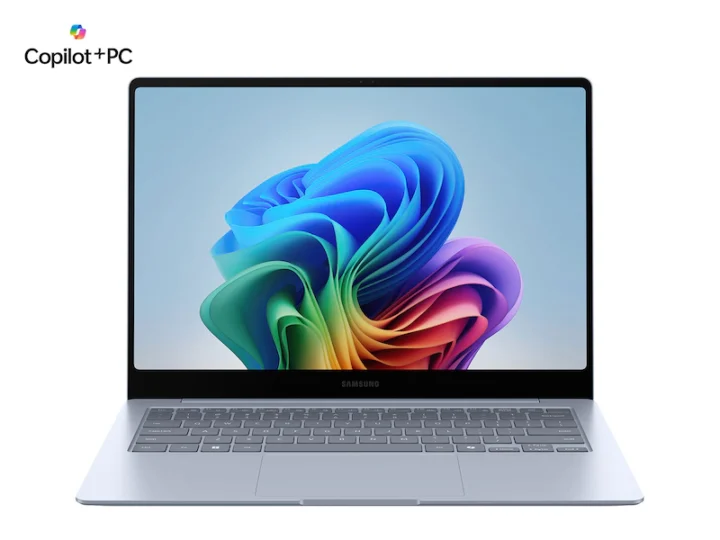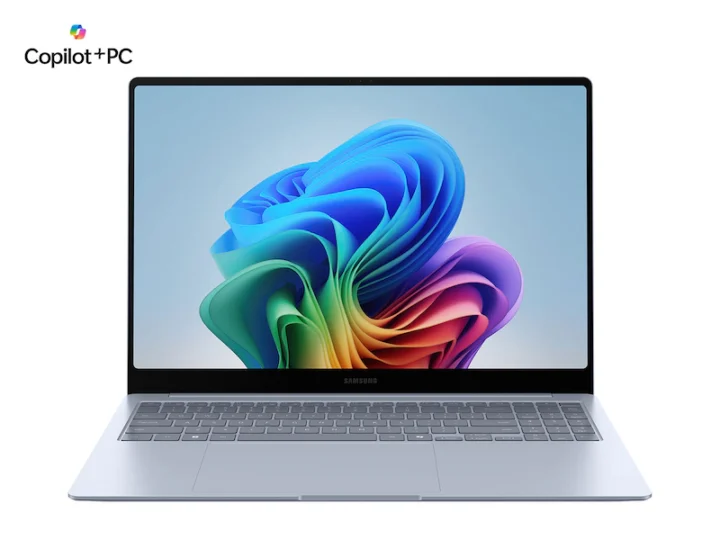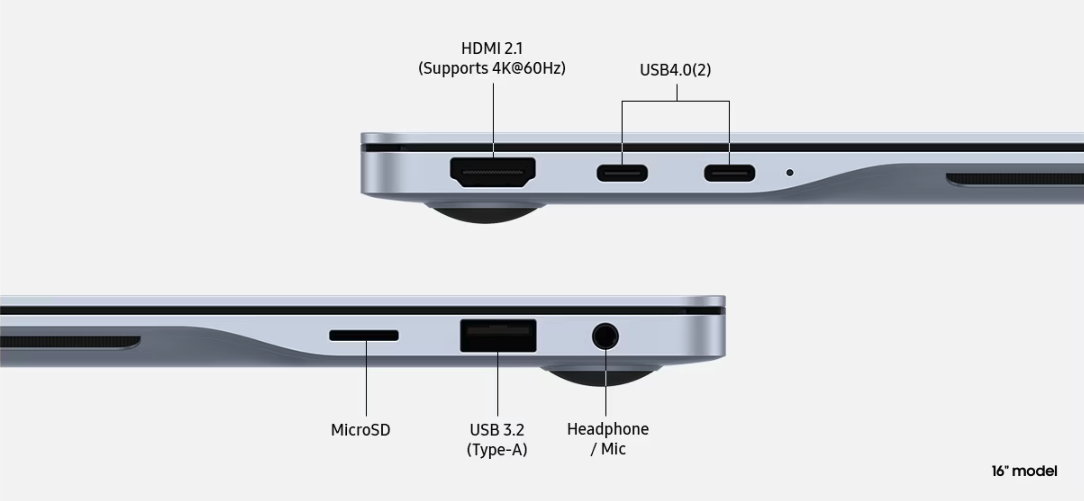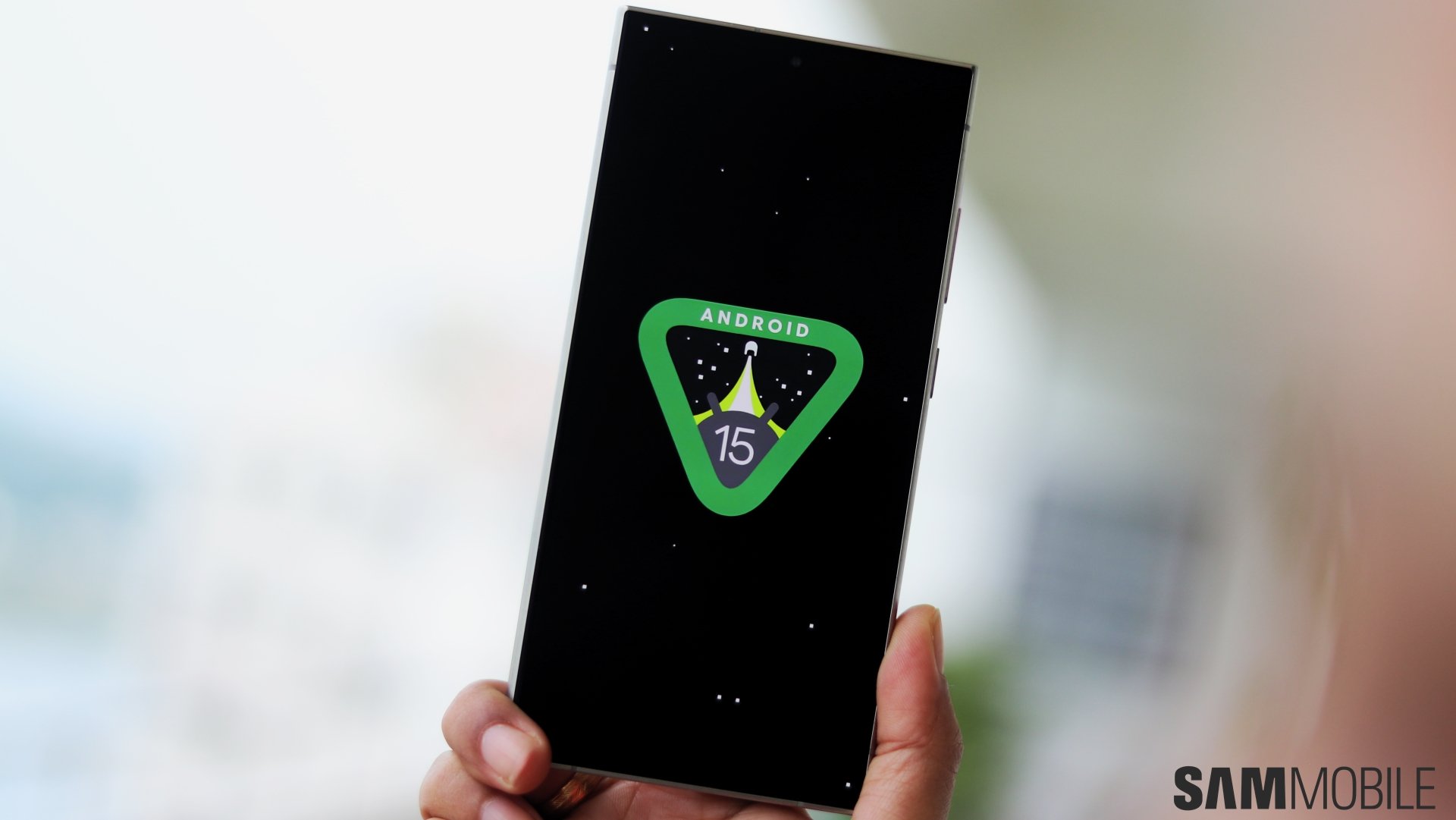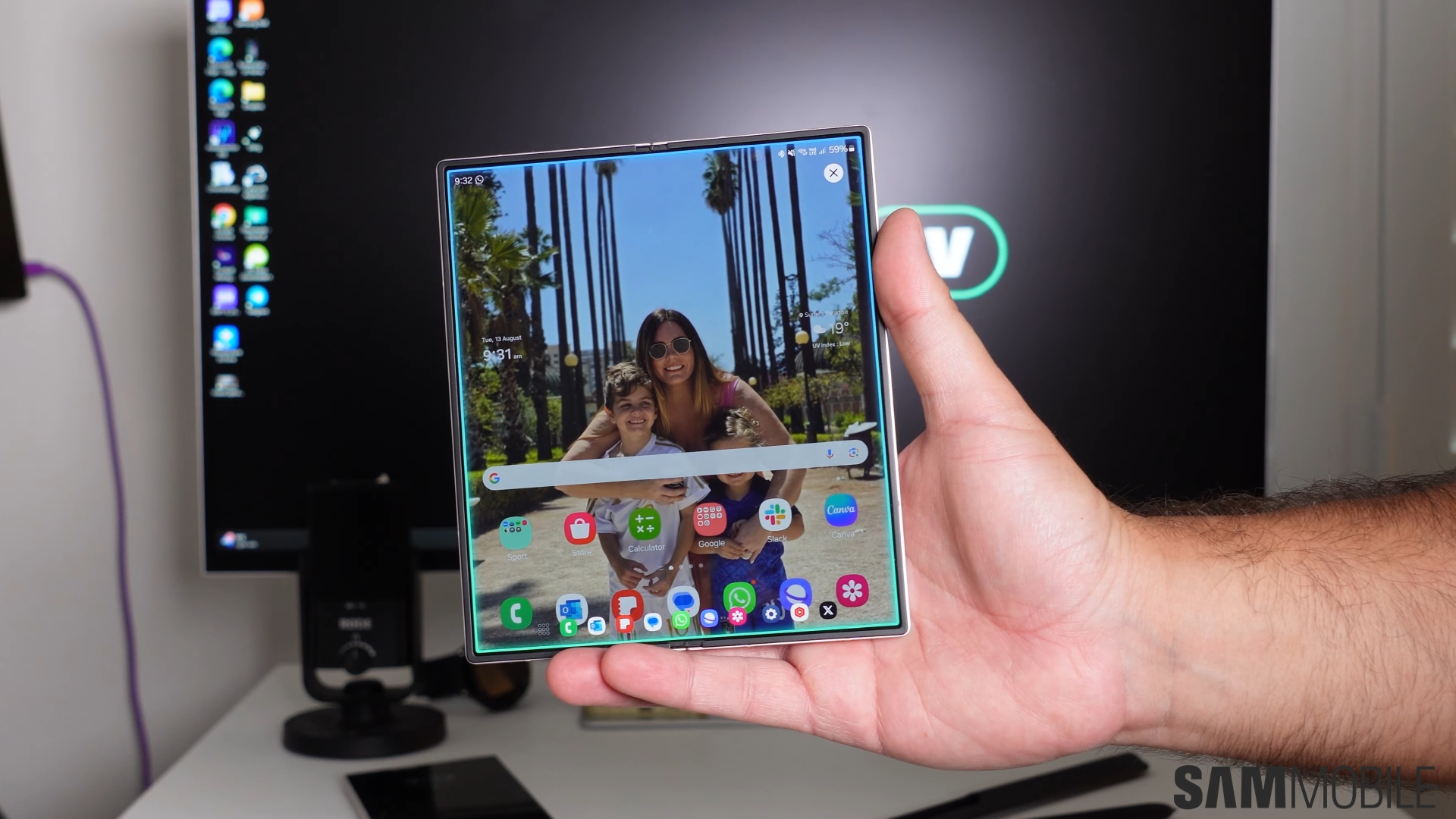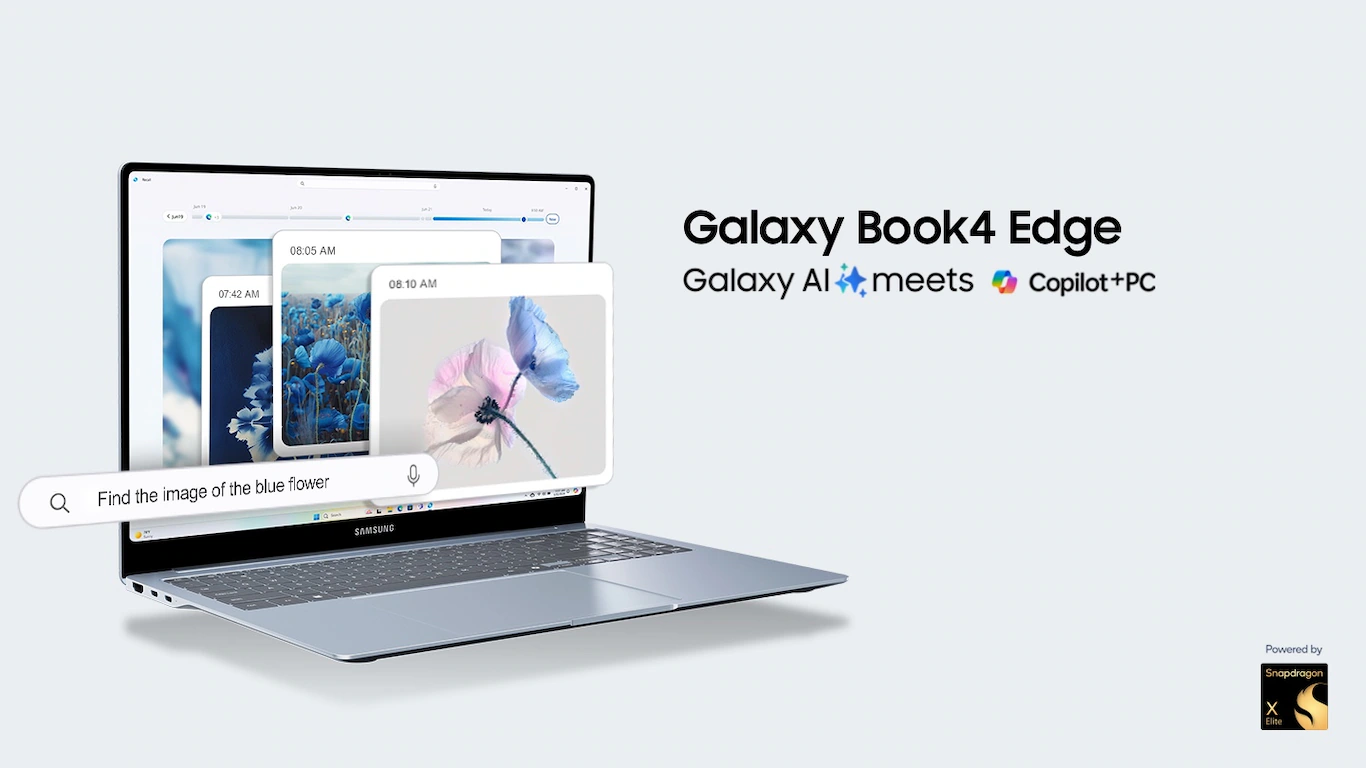
More specifically, the Galaxy Book 4 Edge is available in two configurations with slightly different Qualcomm Snapdragon X Elite chips. Regardless, they're both AMR laptops that run Windows 11 Home using a different instruction set.
Galaxy Book 4 Edge overview
The Galaxy Book 4 Edge is available with a 14 or 16-inch display. They're both AMOLED 2X touchscreens featuring a resolution of 2880 x 1800 and a 120Hz refresh rate. They don't support the S Pen.
At launch, Samsung made available the following configurations:
- 14-inch display: 3.4GHz Snapdragon X Elite CPU + 16GB of RAM + 512GB eUFS storage.
- 16-inch display: 3.4GHz Snapdragon X Elite CPU + 16GB of RAM + 512GB eUFS storage.
- 16-inch display: 3.8GHz Snapdragon X Elite CPU + 16GB of RAM + 1TB eUFS storage.
Regardless of size, the Galaxy Book 4 Edge has a fingerprint reader, a 1080p webcam, Bluetooth 5.3, Wi-Fi 7, a 3.5mm audio port, and quad AKG speakers.
The 14-inch model features one HDMI 2.1 and two USB 4.0 ports. It is powered by a 55.9Wh battery that should last up to 18 hours on a full charge.
The 16-inch Galaxy Book 4 Edge has the same port configuration and an extra USB 3.2 port, as well as a microSD card slot which the 14-inch model is missing. The larger variant is powered by a 61.8Wh battery Samsung says lasts up to 22 hours on a full charge.
One other big difference between the 14 and 16-inch models is that the latter has a numpad. It can be useful, but the trade-off is that the wider keyboard moves the trackpad away from the center, which can make the laptop less comfortable to use without peripherals, as an offset keyboard and trackpad means you'll have to sit at an angle to keep the screen centered (or keep the screen at an angle).
Why ARM instead of x86-64?
What is the fundamental difference between the Galaxy Book 4 Edge and the rest of the Book 4 lineup? Why ARM instead of x86-64?
In short, the ARM architecture enabled by the Qualcomm Snapdragon X Elite CPU uses RISC (Reduced Instruction Set Computing), which is more efficient and can save energy.
This is particularly important for laptops. They run on batteries, and efficient computing makes a big difference.
Windows 11 works on both the x86-64 and ARM instruction sets, and needless to say, the Galaxy Book 4 Edge runs Windows 11 through ARM rather than the other method.
The downside is that app developers don't always support the ARM architecture, and x86-64 still benefits from more extensive support. However, more and more developers are updating their apps with ARM support.
Samsung says the Galaxy Book 4 Edge has a powerful NPU (Neural Processing Unit) and was built for Galaxy AI. However, it doesn't actually run Galaxy AI natively, but it can use features like Circle to Search through Galaxy phones connected via Link to Windows. It can also run Microsoft's Copilot AI.
Image Credit: Samsung












